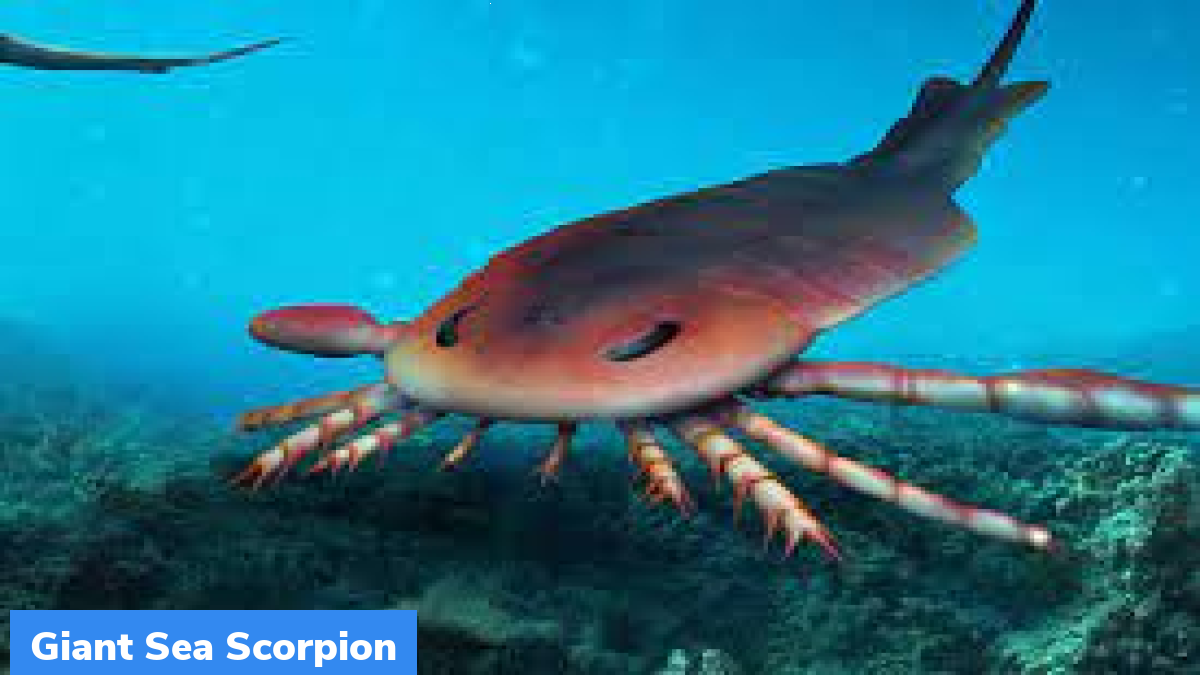Hibbertopterus lamsdelli: New species of Giant Sea Scorpion
Aquatic arthropods are invertebrates living in water with segmented bodies. They are extinct. A new species of aquatic arthropod was found in New Mexico in unearthed fossils. The new species is called Hibbertopterus lamsdelli. The species lives in an estuary. It lived 300 million years ago. The species found is a sea scorpion. It was giant and is extremely rare.
About the new Sea Scorpion
- They feed on large prey
- They have anterior appendages. The scorpion uses these appendages to explore its food and the substrate of its habitat.
- Fossils of sea scorpions are rare. They are abundantly found in European and American sedimentary rock deposits. However, they are hard to explore
Fossils
The sea scorpion was discovered from the fossils that were unearthed from the Atrasado formation. The Astrosado formation is found in New Mexico. It consists of marine limestone. Astrado formation occurred during the orogeny of the Rocky Mountains. During this period, most of the New Mexican highlands were surrounded by marine basins. These habitats were ideal for sea scorpions.
Sea Scorpions and their fossils belong to the Kasimovian age
The Kasimovian age is a chronostratigraphic stage. That is a rocky period. One of the major extinctions of the earth happened during the Kasimovian age. And sea scorpions were one of the species to become extinct during this age.
Month: Current Affairs - February, 2023
Category: Environment Current Affairs


